In Tulip Hysteria, his first solo exhibition at TROTOAR, Bojan Šumonja presents what can be described as a visual phantasmagoria—a theatre of the absurd nestled within the familiar wilderness of Istria. Drawing on a lifelong engagement with the language of painting, Šumonja sets the stage for a quiet hysteria: tulips that do not bloom, myths that dissolve into landfill, and figures from childhood cartoons wandering among piles of trash as though they’ve survived the end of something—an era, a belief system, perhaps even reality itself.
Born in Pula in 1960, and educated at the Accademia di Belle Arti di Venezia, Šumonja’s work spans decades of searching—through neoexpressionist figuration, surrealist impulse, and the lingering afterglow of European history painting. Across fifteen new works, Šumonja combines classical painterly techniques with pop-cultural residue. Donald Duck appears not as a comic relief but as a specter of memory; the Purple Smurf no longer embodies mischief, but quiet menace. Flamingos—plastic, artificial, and inert—stand sentinel in clearings of refuse. Christmas reindeer, sprouted potatoes, and skulls float amid trees rendered with translucent brushwork, their outlines bleeding into one another like thoughts in a half-remembered dream. The surface of each canvas glows with controlled luminosity, yet what emerges from the light are not moments of clarity, but mirages—echoes of a time that perhaps never was.
Šumonja’s process is described as instinctive, even improvisational. These works are less constructed than summoned, drawn from personal mythology and a shared cultural memory. Some compositions include cryptic text, like submerged thoughts breaking the surface of a subconscious pool. Others feature mirrored figures, doppelgängers of past selves or alternate futures—gestures toward the metaphysical, toward the simultaneity of being. There is no single narrative to follow here, only a kaleidoscope of sensations. The artist speaks of painting best when he forgets who he is—when the hand outruns the ego, and the canvas becomes a site of revelation rather than intention. There is always a body in his work, even when it is disassembled or replaced by a cartoon proxy. There is always a landscape, even when it is vanishing under the weight of consumerism or ecological neglect. He is a painter of remnants, of things unearthed in the psyche and in the soil.
The exhibition’s title, Tulip Hysteria, refers obliquely to a non-existent Dadaist work and, by association, to the speculative fever of “Tulip Mania”—a 17th-century Dutch financial crisis that has since become a metaphor for irrational value. In Šumonja’s case, the hysteria is not economic but existential. These paintings are not cautionary tales but poetic suggestions that meaning, like value, is always in flux. As absurd as it is strangely precise, the title conjures the disorienting condition of trying to coordinate beauty and chaos, memory and mass production, within the same breath. At TROTOAR, Šumonja’s canvases are less windows than portals. They do not ask us to look through, but to enter, to walk alongside the spectral figures who populate his forests of artifice and memory. The garbage dumps of Istria are not symbols, but the stage. The cartoon characters are not ironic, but tragic. The tulips do not bloom, but something else takes place—something ghostly, radiant, and altogether human.
For more information, please visit TROTOAR’s website here.
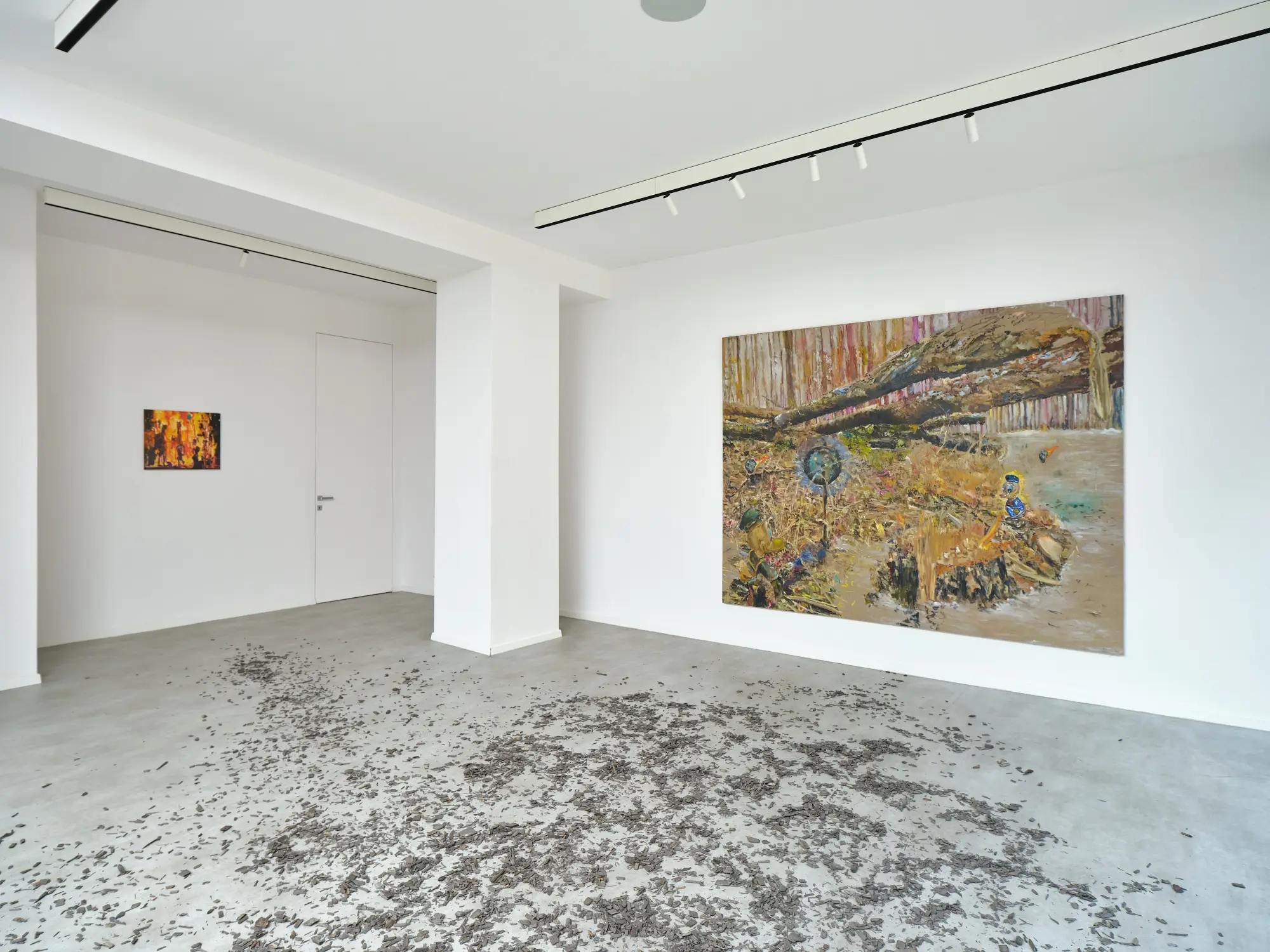
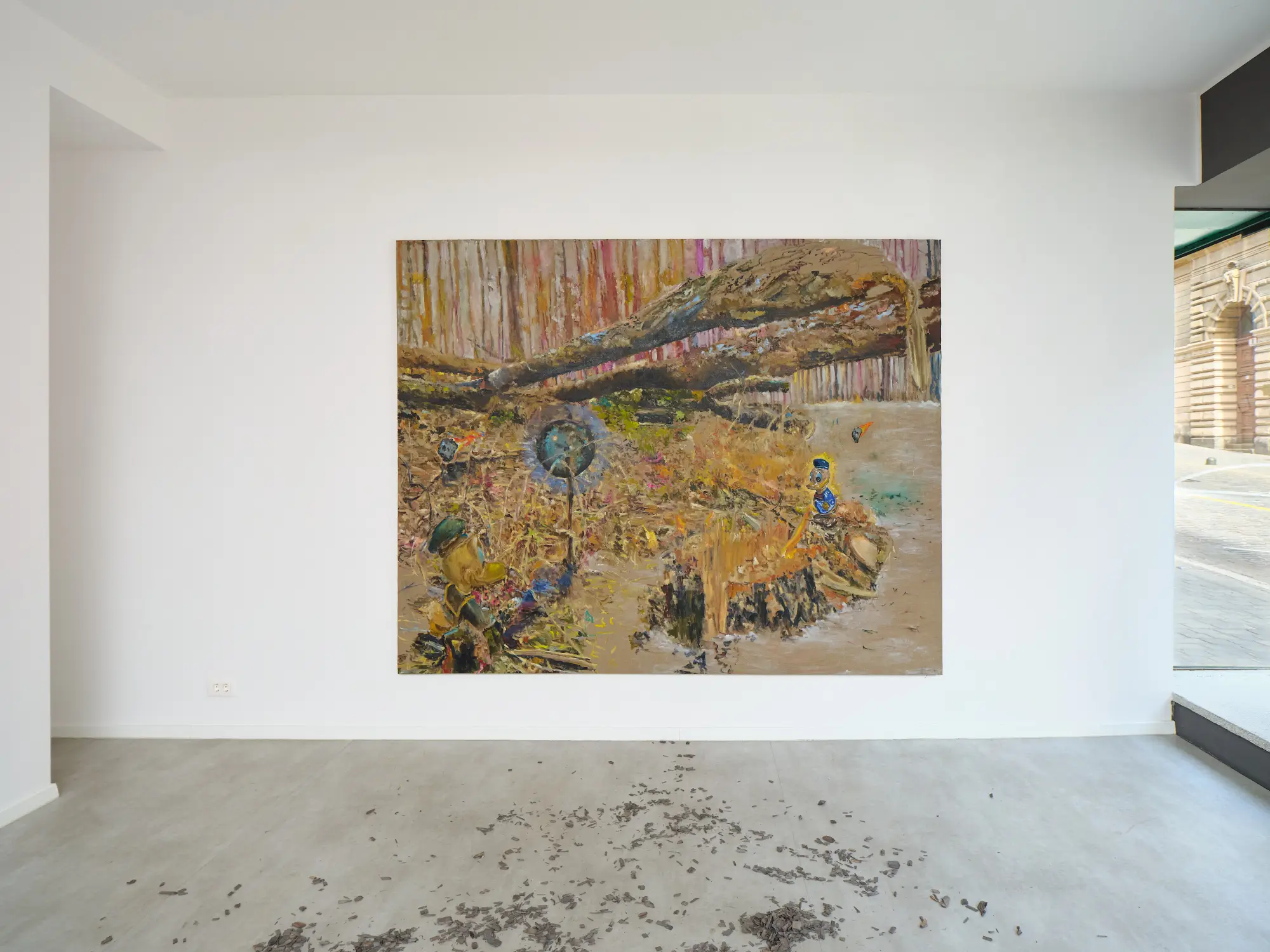
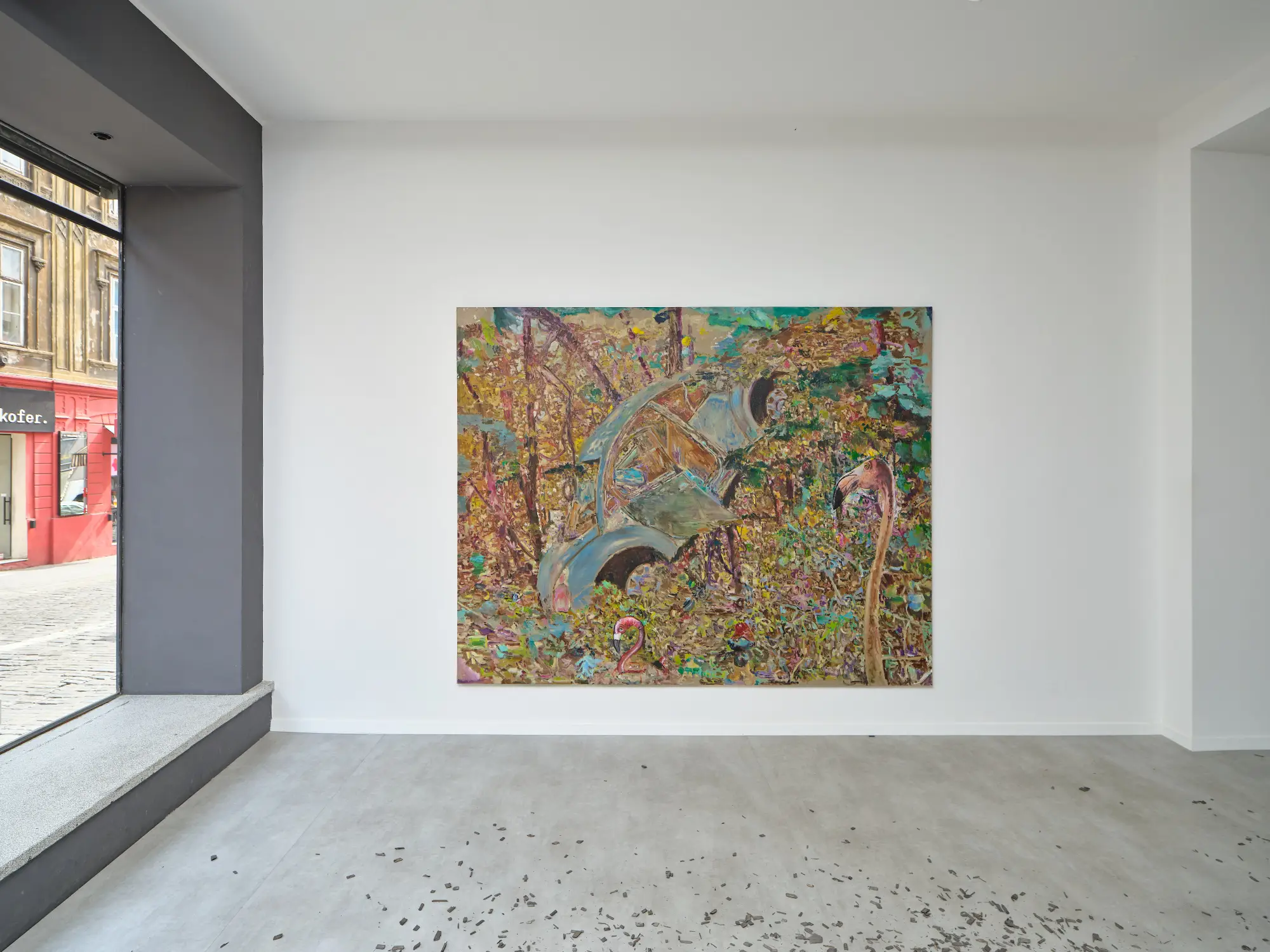
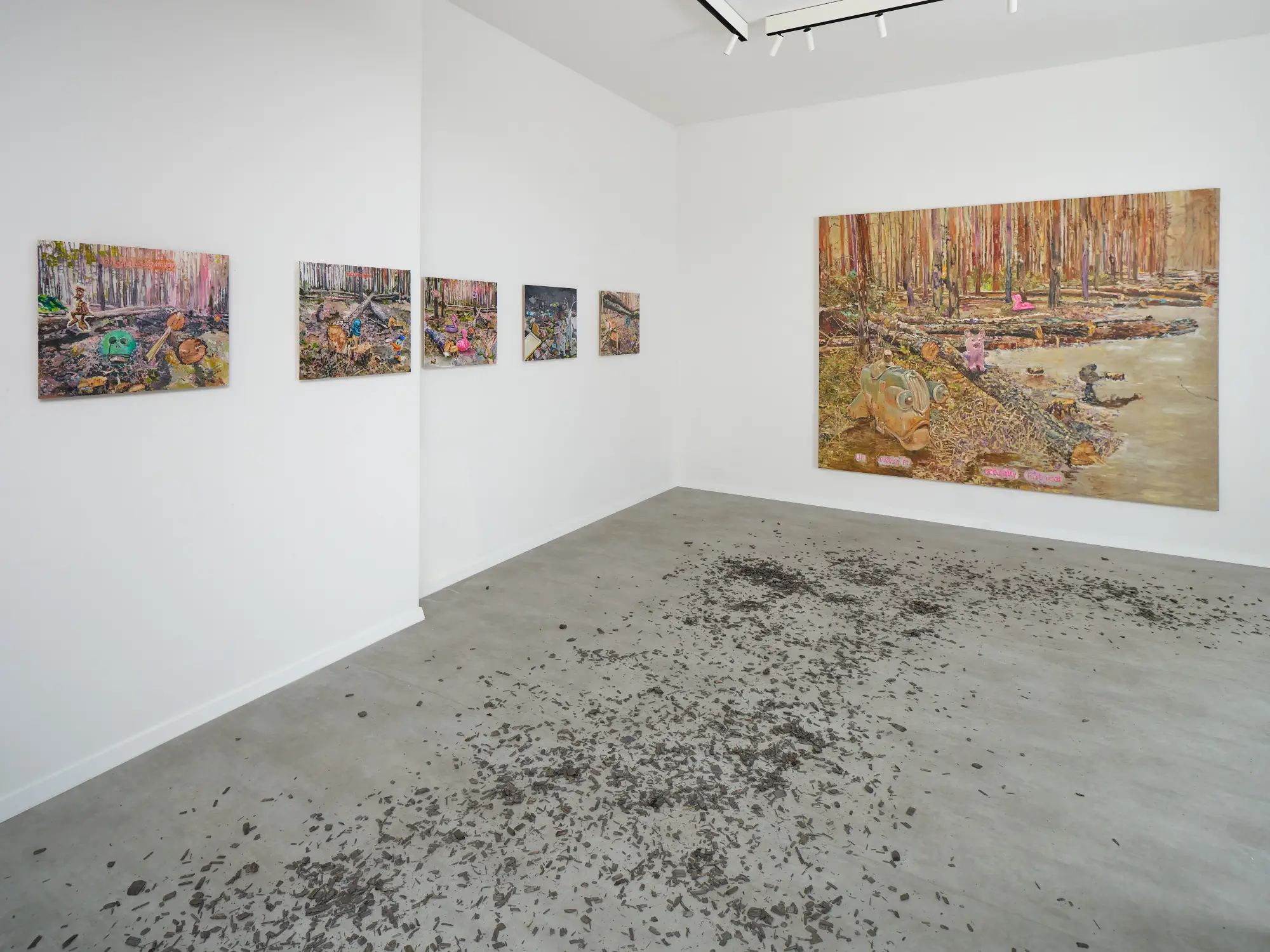
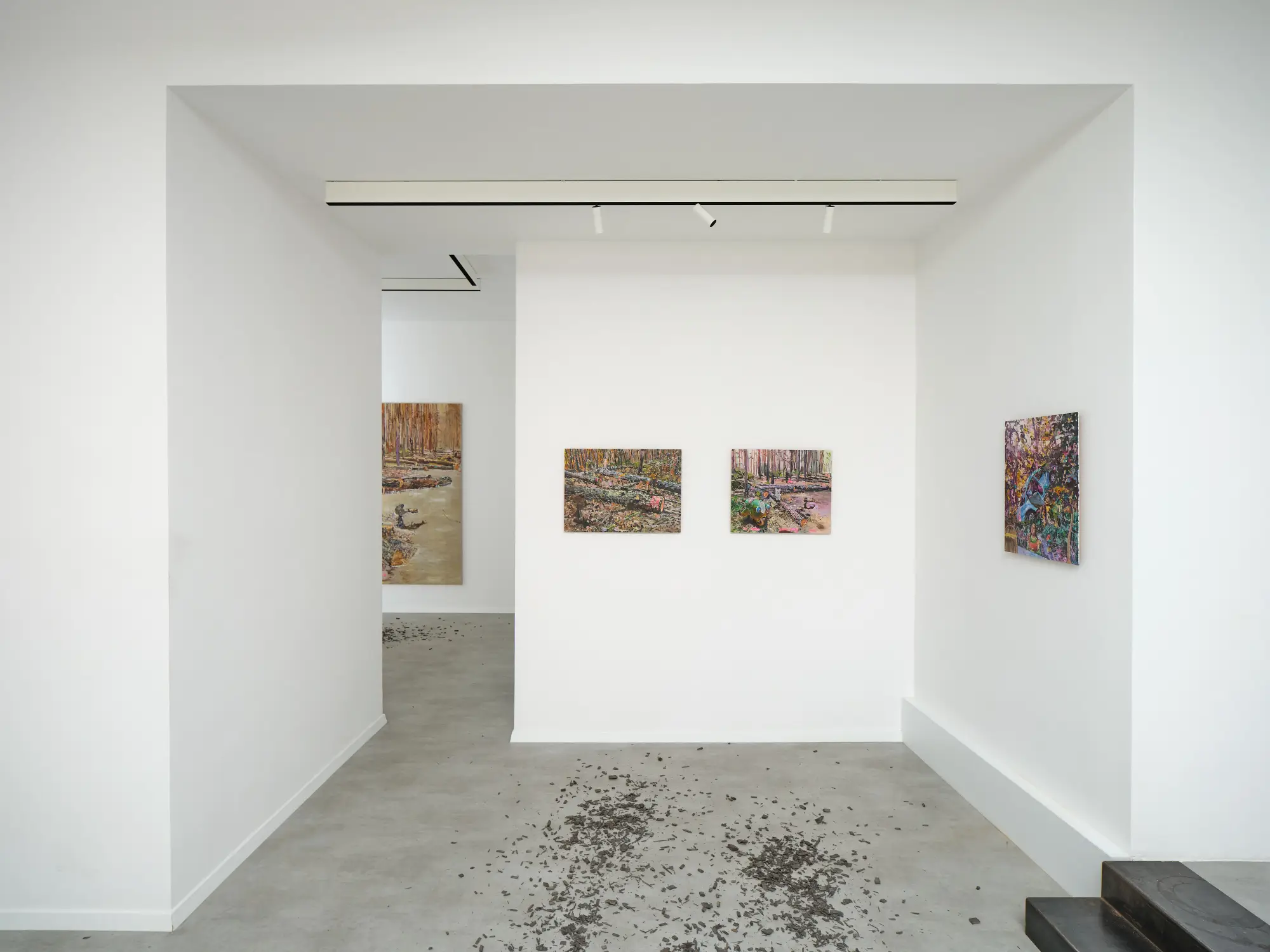

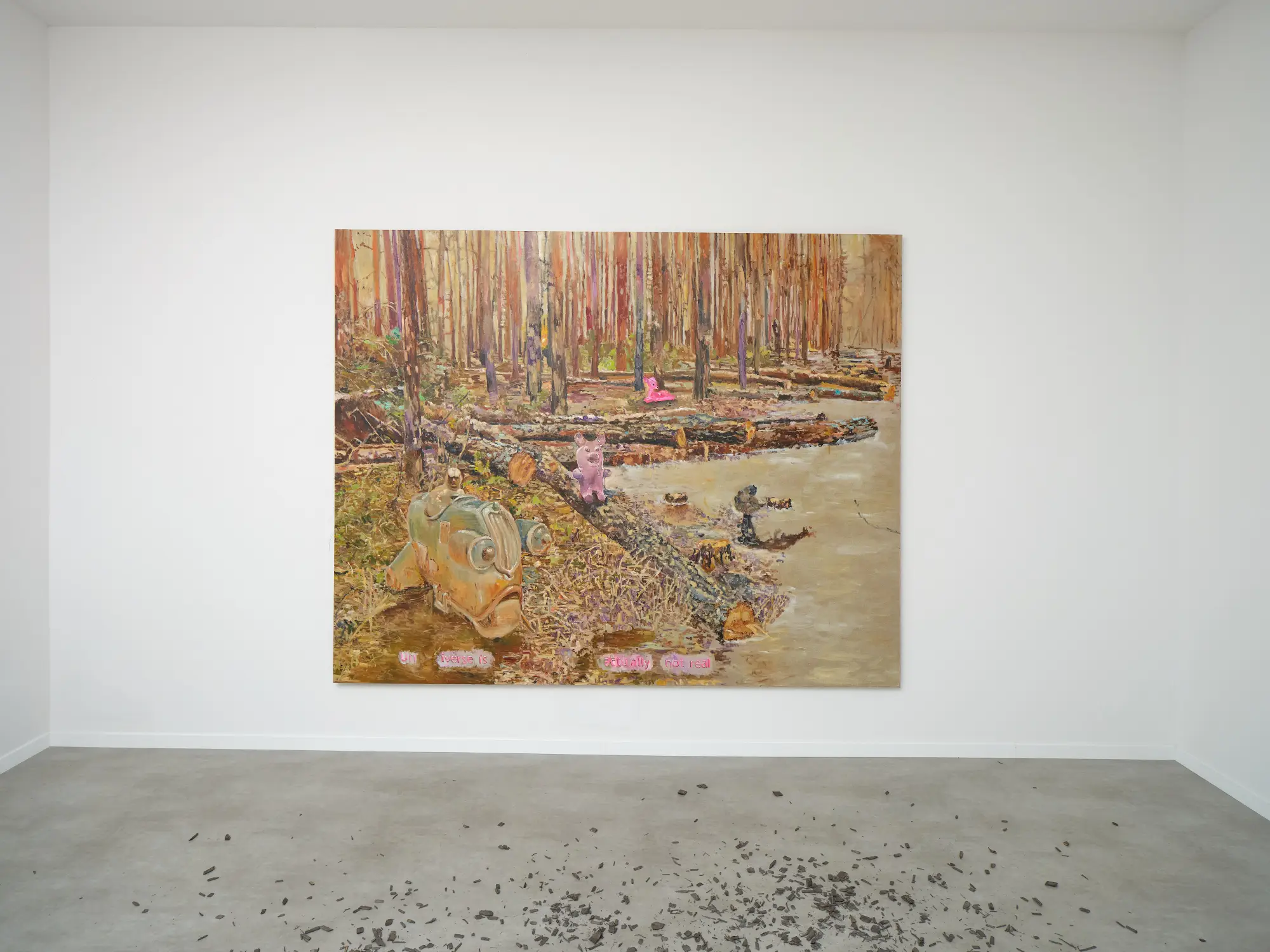
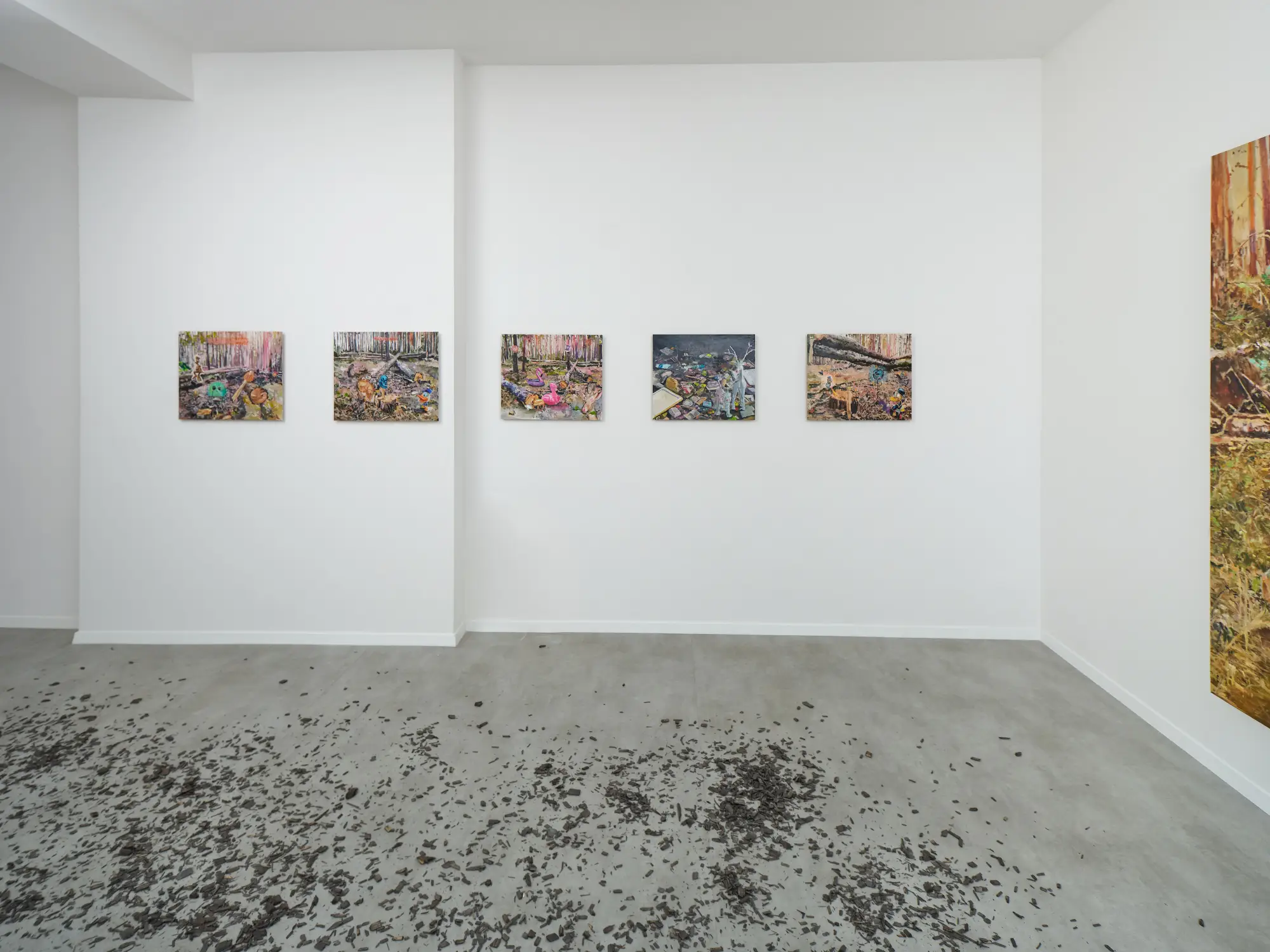

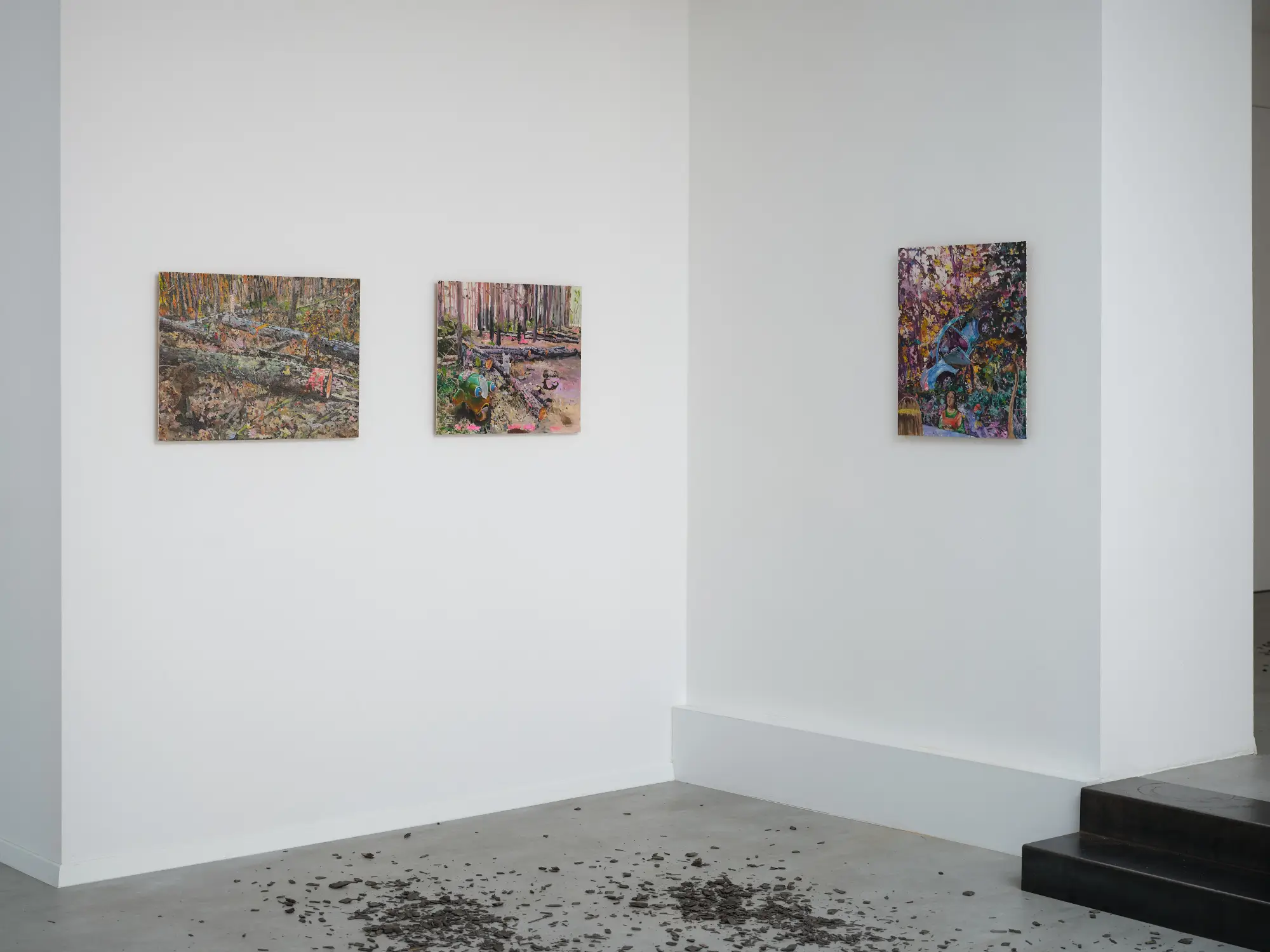
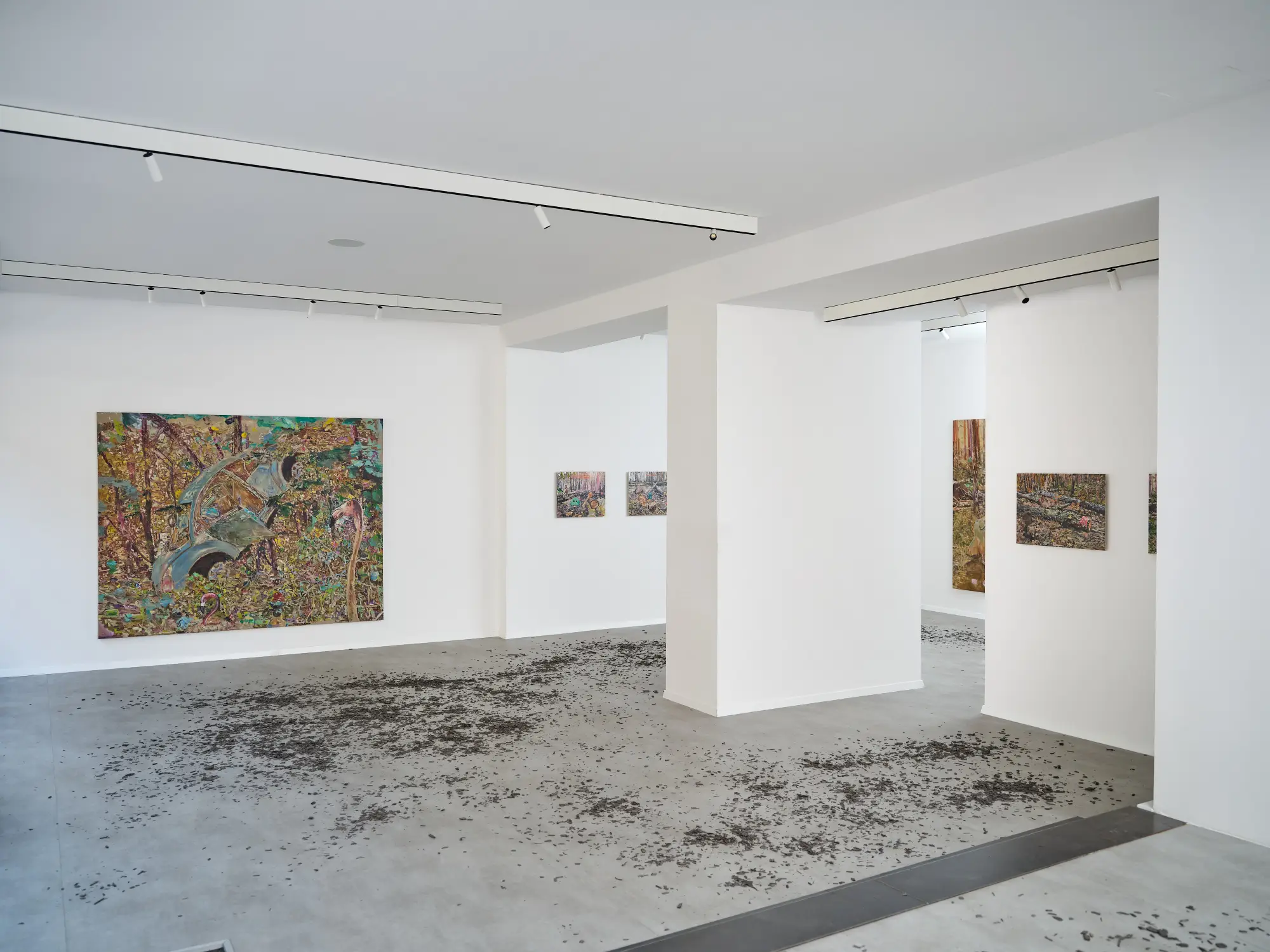
Last Updated on April 25, 2025
About the author:
- Tags: HOME


